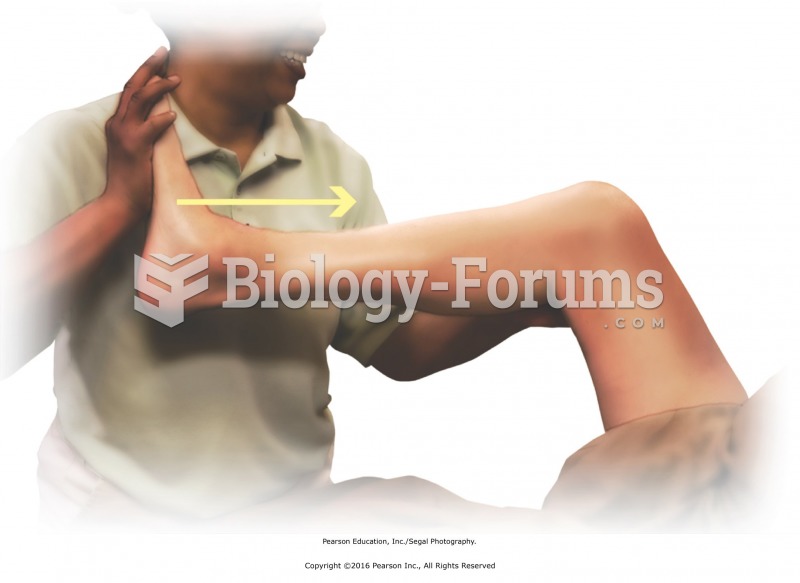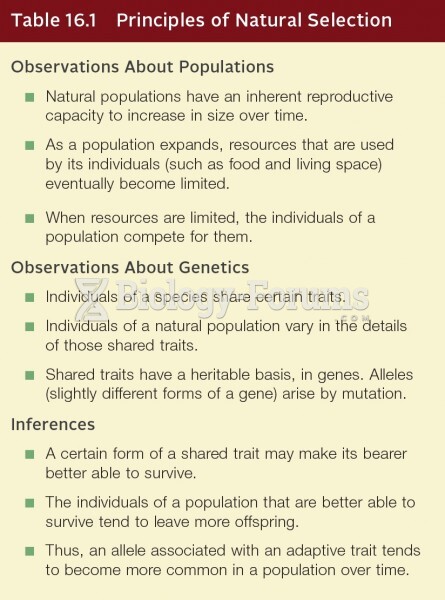|
|
|
The Food and Drug Administration has approved Risperdal, an adult antipsychotic drug, for the symptomatic treatment of irritability in children and adolescents with autism. The approval is the first for the use of a drug to treat behaviors associated with autism in children. These behaviors are included under the general heading of irritability and include aggression, deliberate self-injury, and temper tantrums.
Drug abusers experience the following scenario: The pleasure given by their drug (or drugs) of choice is so strong that it is difficult to eradicate even after years of staying away from the substances involved. Certain triggers may cause a drug abuser to relapse. Research shows that long-term drug abuse results in significant changes in brain function that persist long after an individual stops using drugs. It is most important to realize that the same is true of not just illegal substances but alcohol and tobacco as well.
Fungal nail infections account for up to 30% of all skin infections. They affect 5% of the general population—mostly people over the age of 70.
Walt Disney helped combat malaria by making an animated film in 1943 called The Winged Scourge. This short film starred the seven dwarfs and taught children that mosquitos transmit malaria, which is a very bad disease. It advocated the killing of mosquitos to stop the disease.
The newest statin drug, rosuvastatin, has been called a superstatin because it appears to reduce LDL cholesterol to a greater degree than the other approved statin drugs.
 Apply skin rolling by lifting the skin and crawling your fingers along the skin while the thumbs ...
Apply skin rolling by lifting the skin and crawling your fingers along the skin while the thumbs ...
 With the arm placed on the table, apply effleurage over the entire upper limb as a reconnecting and ...
With the arm placed on the table, apply effleurage over the entire upper limb as a reconnecting and ...
 Rock the leg to create movement at the hip joint. Apply passive movements to mobilize knee and hip ...
Rock the leg to create movement at the hip joint. Apply passive movements to mobilize knee and hip ...




